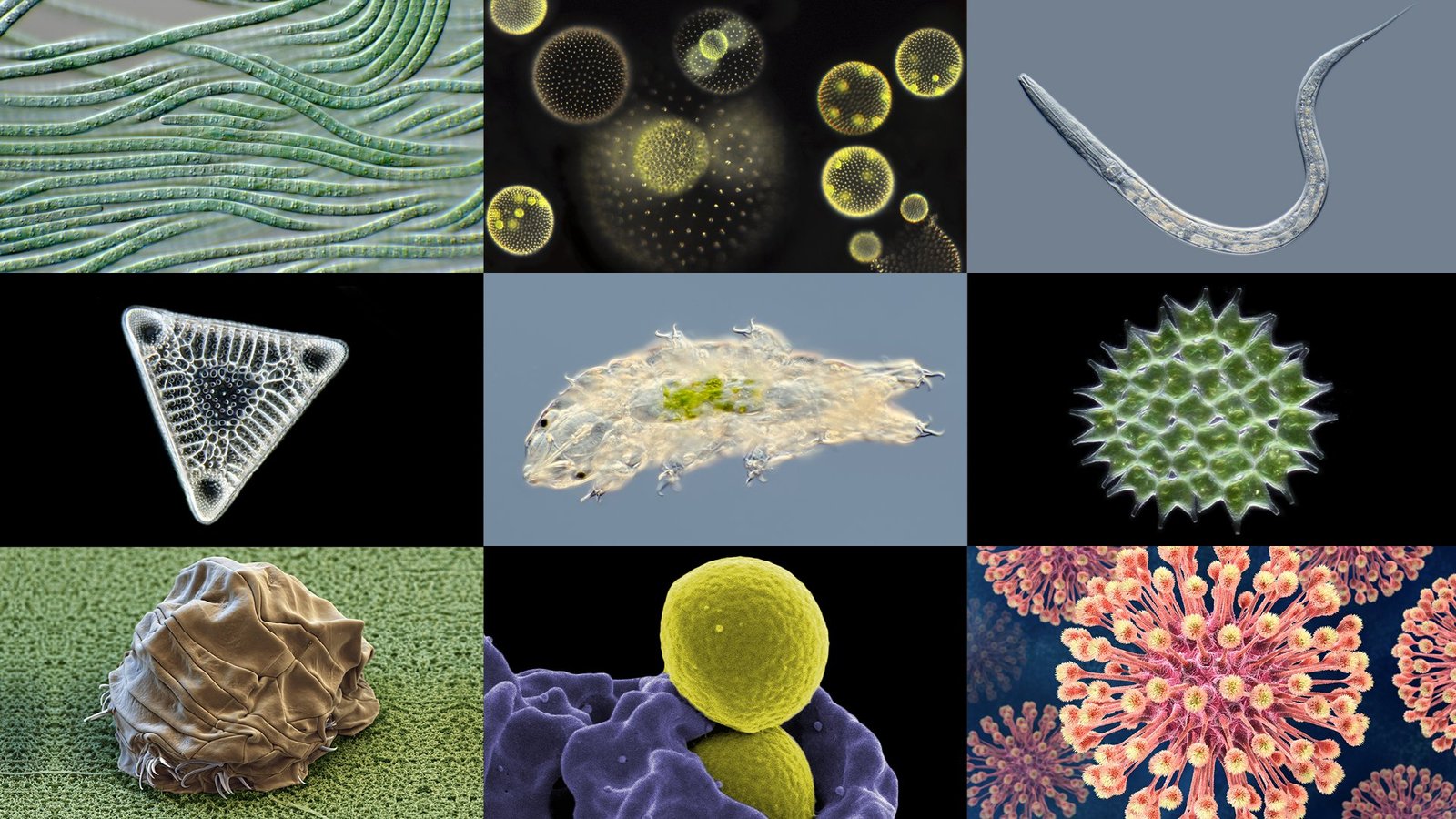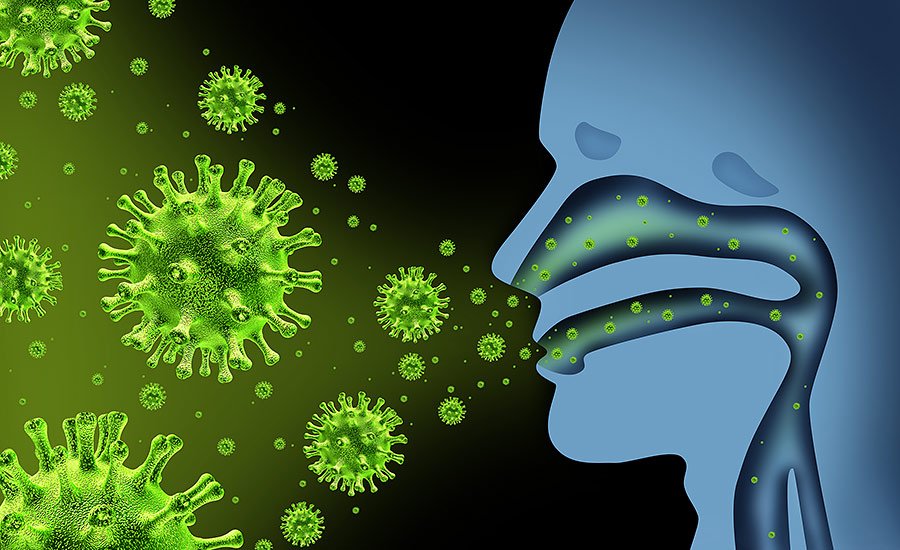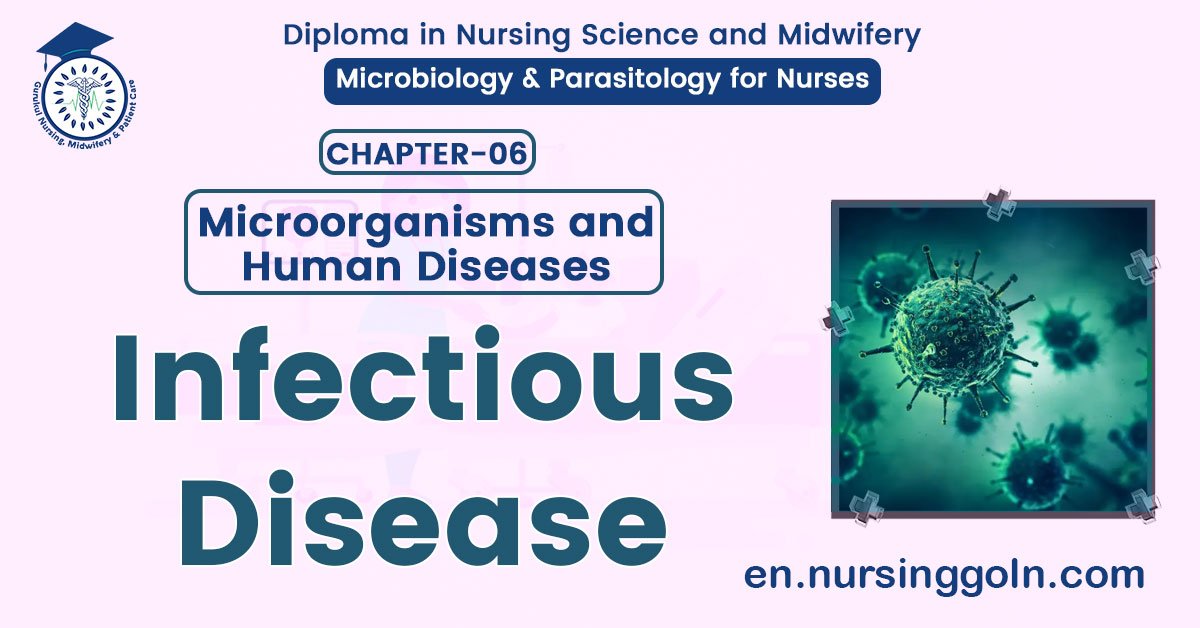Infectious disease – Basic microbiology, parasitology, and immunology; nature, reproduction, growth, and transmission of common microorganisms and parasites in Bangladesh; prevention including universal precaution and immunization, control, sterilization, and disinfection; and specimen collections and examination. Students will have an understanding of common organisms and parasites caused human diseases and acquire knowledge about the prevention and control of those organisms.
Infectious disease
Definition of Microbe
Microbe is a minute organism typically visible under a microscope. Microbes include bacteria, fungi, and protozoan parasites.
Definition of Microorganism
An organism that is microscopic or submicroscopic, which means it is too small to be seen by the unaided human eye.
Classification of Microorganism

Definition of Infectious Disease
Infectious-diseases are caused by pathogenic microorganisms, such as bacteria, viruses, parasites or fungi; the diseases can be spread, directly or indirectly, from one person to another.
Or
Infectious-diseases are disorders caused by organisms – such as bacteria, viruses, fungi or parasites. Many organisms live in and on our bodies. They’re normally harmless or even helpful. But under certain conditions, some organisms may cause disease.
Or
Infectious-diseases are illnesses caused by the spread of microorganisms (bacteria, viruses, fungi or parasites) or prions to humans from other humans, animals or the environment, including food and water.
Causes of Infectious Disease
Infectious diseases can be caused by :
1. Bacteria: These one-cell organisms are responsible for illnesses such as strep throat, urinary tract infections and tuberculosis.
2. Viruses: Even smaller than bacteria, viruses cause a multitude of diseases ranging from the common cold to AIDS.
3. Fungi: Many skin diseases, such as ringworm and athlete’s foot, are caused by fungi. Other types of fungi can infect your lungs or nervous system.
4. Parasites: Malaria is caused by a tiny parasite that is transmitted by a mosquito bite. Other parasites may be transmitted to humans from animal feces.
Name of Infectious Diseases
- Anthrax
- Bacterial vaginosis
- Bird Flu (avian influenza)
- Chickenpox and shingles
- Chlamydia (genital)
- Cholera
- Common cold
- Conjunctivitis
- Dengue fever
- Diphtheria
- Ebola virus disease
- Gonorrhoea
- Hepatitis
- Human immunodeficiency virus infection (HIV and AIDS)
- Leprosy
- Malaria
- Measles
- Mumps
- Plague
- Pneumococcal infection
- Rubella
- Salmonella infection
- Smallpox
- Syphilis
- Tetanus
- Tuberculosis
- Typhoid and paratyphoid
- Urinary tract infection
- Viral gastroenteritis
- Viral meningitis
- Warts
- Whooping cough
- Worms
- Yellow fever
- Zika virus infection
Stages of infectious disease

1. Incubation period: No symptoms.
2. Prodromal period: Mild and generalized symptoms (fever, weakness, headache).
3. Invasive stage: Symptoms specific to the disease.
4. Decline stage: Symptoms subside.
5. Convalescence: No symptoms, health returns to normal.
Definition of Infection
Infection is the invasion and multiplication of microorganisms such as bacteria, viruses, and parasites that are not normally present within the body. An infection may cause no symptoms and be subclinical, or it may cause symptoms and be clinically apparent.
Or
Infection is the invasion of body tissues by disease-causing agents, their multiplication, and the reaction of host-tissues to the infectious agents and the toxins they produce

Classifications of Infection
1. Primary infection: Initial infection with organism in host constitutes primary infection.
2. Reinfection: Subsequent infection by same organism in a host is called reinfection.
3. Secondary infection: When in a host whose resistance is lowered by preexisting infectious disease, a new organism may set-up an infection.
4. Focal infection: It is a condition where due to infection at localized sites like appendix and tonsil, general effects are produced.
5. Cross infection: When a patient suffering from a disease and new infection is set-up from another host or external source.
6. Nosocomial infection: Cross infection occurring in hospital is called nosocomial infection.
7. Subclinical infection: It is one where clinical affects are not apparent.
Sources of Infection in Man

Man : Man is himself a common source of infection from a patient or carrier. Healthy carrier is a person harboring pathogenic organism without causing any disease to him. A convalescent carrier is one who has recovered from disease but continues to harbor the pathogen in his body.
Animals : Infectious diseases transmitted from animals to man are called zoonosis. Zoonosis may be bacterial (e.g. plague from rat), rickettsial (e.g. murine typhus from rodent), viral (e.g. rabies from dogs), protozoal (e.g. leishmaniasis from dogs), helminthic (e.g. hydatid cyst from dogs), and fungal (zoophilic dermatophytes from cats and dogs).
Insects : The diseases caused by insects are called arthropod borne disease. Insects like mosquitoes, fleas, lice that transmit infection are called vector. Transmission may be mechanical (transmission of dysentery or typhoid bacilli by housefly) and these are called mechanical vector. They are called biological vector if pathogen multiplies in the body of vector, e.g. anopheles mosquito in malaria. Some vectors may act as reservoir host (e.g. ticks in relapsing fever and spotted fever).
Soil : Soil may serve as source of parasiting infection like wound worm and hook worm. Spores of tetanus bacilli remain viable in soil for a long time, fungi like Histoplasma capsulatum and higher bacteria like Nocardia asteroids also survive in soil and cause human infection.
Water : Vibrio cholera, infective hepatitis virus (Hepatitis-A), guinea worm may be found in water.
Food : Contaminated food may be source of infection Presence of pathogens in food may be due to external contamination (e.g. food poisoning by Staphylococcus).
Methods of Transmission of Infection
- Contact: Syphilis, gonorrhea, trachoma.
- Inhalation: Influenza, tuberculosis, smallpox, measles, mumps etc.
- Infection: Cholera (water), food poisoning (food), and dysentery (hand borne).
- Inoculation: Tetanus (infection), rabies (dog), arbovirus (insect) and serum hepatitis, i.e. Hepatitis-B (infection)
- Insects: They at as mechanical vector (dysentery and typhoid by housefly) or biological
vector (malaria) of infectious disease - Congenital: Congenital syphilis, rubella, Listeria monocytogenes, toxoplasma and cytomegalic inclusion disease.
- Laboratory infection: Infection may be transmitted during procedures like, injection, lumber puncture, catheterization, etc if proper care is not taken.
Read More….
